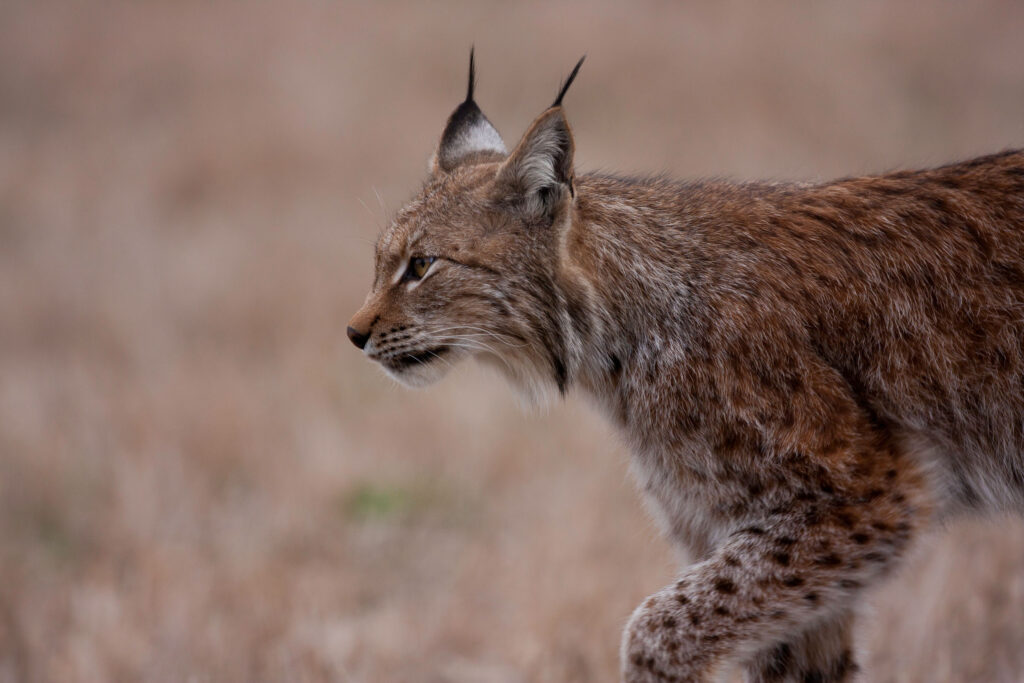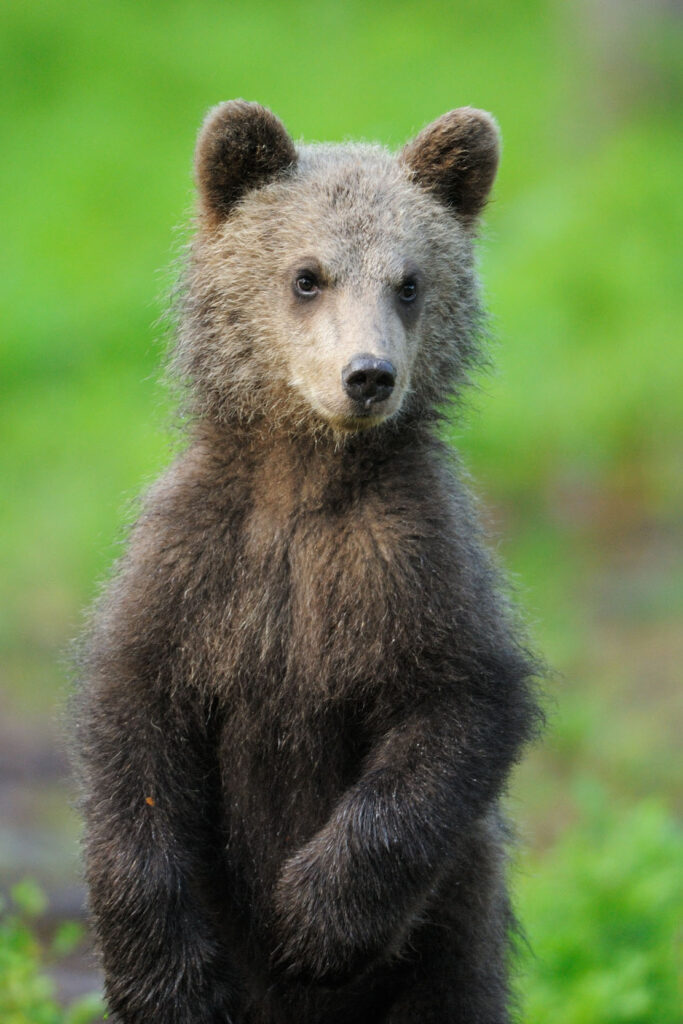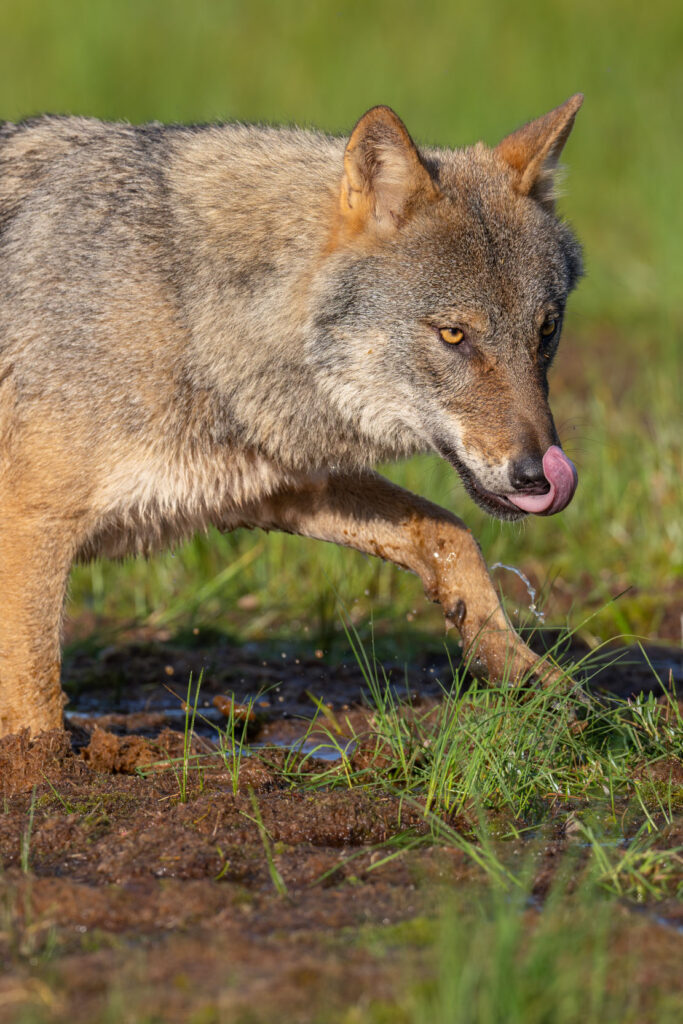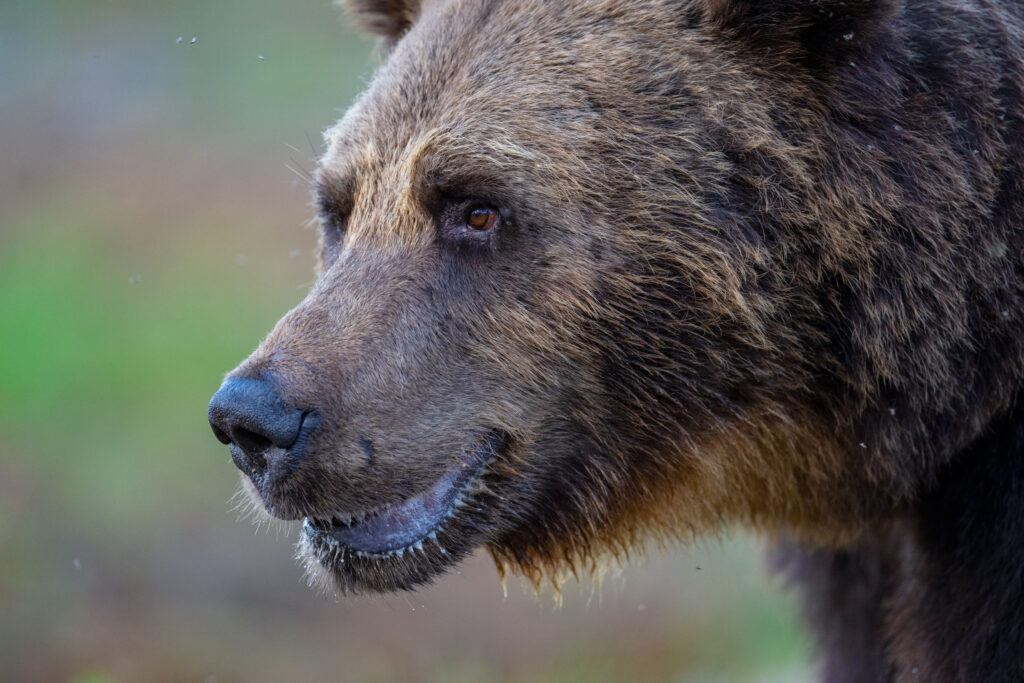Swedes like their large carnivores
There is a massive support for the existence of large carnivores in Sweden. According to the latest official attitude survey (2020), 7 out of 10 Swedes want all large carnivore species to live here, and 8 out of 10 want the popular lynx around. A small minority is against.
This very thorough and detailed survey proves the overwhelming support for the existence of large carnivores in Sweden. In the survey, done by the Swedish University of Agricultural Sciences (Svenska Lantbruksuniversitet, SLU), 28,220 randomly sampled respondents, aged from 18 up to 65 years of age, from 141 different municipalities, were asked.
An overwhelming majority were in favour of the large carnivores’ existence in the country, from 80% in favour of the lynx, to 69% in favour of the wolf. Between 1% and 12% disliked at least one of the species’ existence.
This time, there were a larger number of respondents and generally a “significant increase” in positive attitudes toward the carnivores, compared to previous surveys, in 2004, 2009, and 2014. The number of hunters in Sweden is less than 3% of the population.
Selected results
Translated into English
Lynx
What do you think about the existence of lynx in Sweden?
- 80% like it
- 17% are neutral
- 3% dislike it
Can you accept lynx living near where you live?
- 75% say yes, nationally
- 82% say yes (in areas where lynx have been present the longest time and in the highest densities)
Shall lynx be allowed to live in all of Sweden?
- 69% say yes, which is a significant increase from the result in previous surveys in 2004, 2009 and 2014
- 1% say no, not anywhere
Bear
What do you think about the existence of bears in Sweden?
- 78% like it
- 16% are neutral
- 7% dislike it
Can you accept bears living near where you live?
- 50% say yes (nationally)
- 65% say yes (maybe surprisingly in the areas where bears have been present the longest time and in the highest densities)
- 48% say no or rather not
Shall bears be allowed to live in all of Sweden?
- 50% say yes
- Significant increase from the result in previous surveys in 2004, 2009 and 2014
- 1% say no, not anywhere
Wolverine
What do you think about the existence of wolverines in Sweden?
- 71% like it
- 25% are neutral
- 4% dislike it
Can you accept wolverines living near where you live?
- 62% say yes (nationally)
- 54 to 64% (where wolverines been present since long)
Shall wolverines be allowed to live in all of Sweden?
- 53% say yes
- Significant increase from the result in previous surveys in 2004, 2009 and 2014
- 1% say no, not anywhere.
Wolf
The most controversial species
What do you think about the existence of wolves in Sweden?
- 69% like it (no region has less than 50% liking it)
- 20% are neutral
- 12% dislike it
Can you accept wolves living near where you live?
- 49% say yes (nationally)
- 39 to 54% say yes (regionally)
- 49% say no or rather not
Shall wolves be allowed to live in all of Sweden?
- 54% say yes
- Significant increase from the result in previous surveys in 2004, 2009 and 2014
- 33% don’t want there to be wolves in the reindeer herding areas
- 6% say no, not anywhere
Carnivores
Are there any wild animals that you are afraid of meeting when you are out in nature?
- 25% say no
- 53% yes, bear
- 45% yes, wild boar
- 35% yes, wolf
- 19% yes, moose
Is it important to you that Sweden follows international rules, conventions and EU law about the large carnivores?
- 87% say yes
- 13% say no
In order to minimize problems from large carnivores, Swedes are:
- 94% in favour of fencing
- 88% in favour of scaring them off
- 84% in favour of moving them away
- 51% in favour of shooting them
Pay a reward to anyone who reports poaching of large carnivores?
- 86% in favour
Should damage fees be paid in full to owners of livestock taken by large carnivores?
- 85% in favour
Link and source
The report is called; “En attitydundersökning om stora rovdjur och rovdjursförvaltning”, Report 2021:8
Published by the Department of Wildlife, Fish, and Environmental Studies, Swedish University of Agricultural Sciences, SLU, Umeå.
The text above is a translated executive summary from the link below




Image credits
From the top: 1-2 Rolf Nyström, 3-5 Staffan Widstrand.